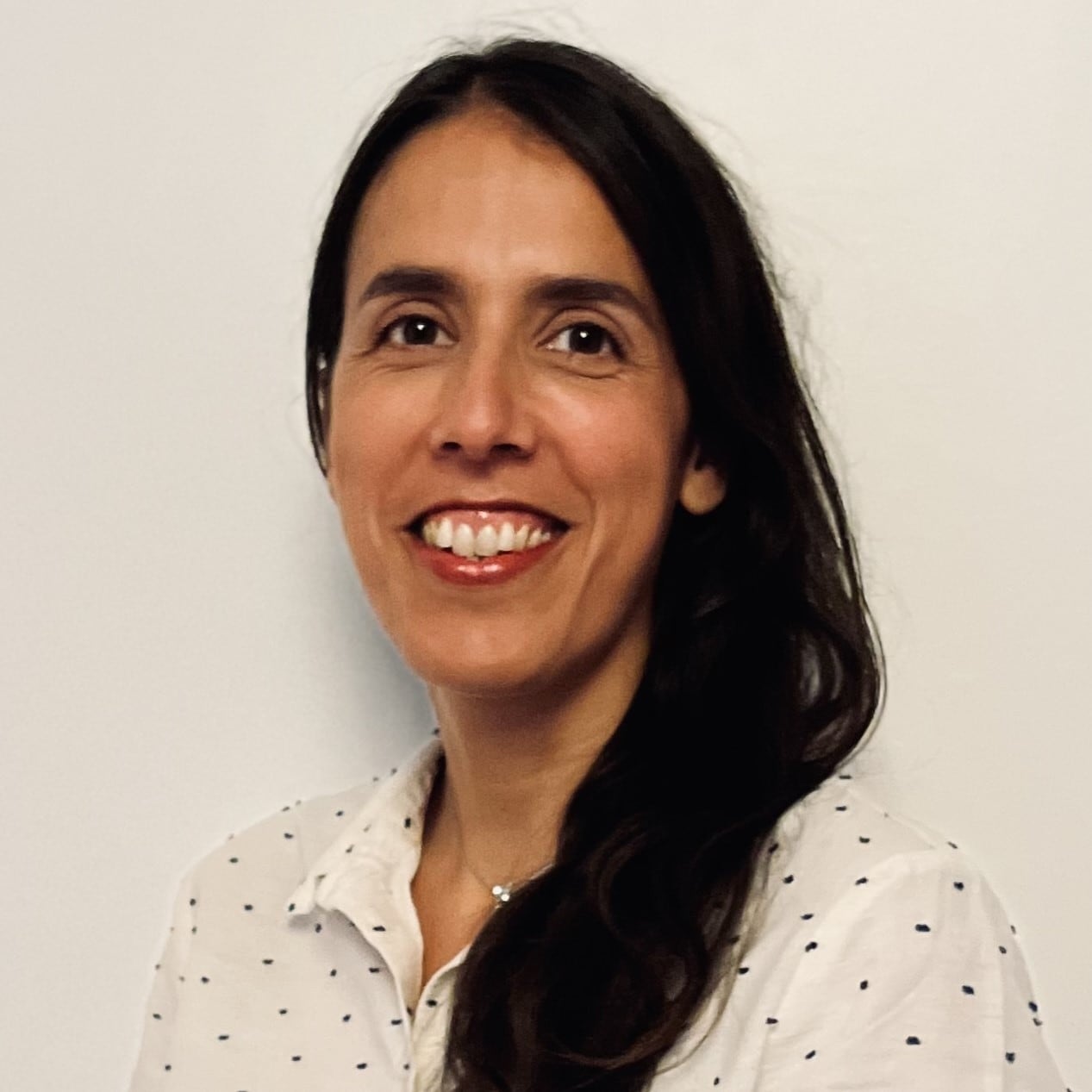Point de vue

How to quantify, verify, and manage the impact of agroecological practices on soil health and carbon sequestration?
MRV (monitoring, reporting, verification) tools serving the decarbonization strategies of agro-industry companies.
An article written by Aliette Lefranc and Marine Pochat from the sustainability team, Deloitte France.
Agricultural soils are core to agro-industry companies' decarbonisation strategies.
The historic accord that emerged from the COP21 installed a sense of urgency to reduce greenhouse gas (GHG) emissions. Decarbonization is now on the agenda of all the management committees of agri-food companies. After focusing efforts on reducing direct (scope 1) and indirect (scope 2) emissions, attention has now shifted to indirect emissions related to external activities (scope 3), which typically constitutes the majority of emissions.
The "4 per 1000" international initiative launched during COP 21 aims to demonstrate the central role of agricultural soils in the fight against climate change. Its name was inspired by the INRAE study1 which shows that an annual increase of 4 ‰ in carbon stocks in the top 30 centimetres of soil would almost offset the annual increase in CO2 in the atmosphere that are due to anthropogenic activities (net fluxes).
Housing over a quarter of living organisms that can decompose organic matters into stable carbon compounds, soils represent an essential ecosystem for decarbonization. Agroecological practices, such as cover crops, enhances the soil's capacity to serve as a carbon sink. They are therefore an integral part of the decarbonization strategies of agribusiness companies that aim at reducing emissions throughout their upstream value chain.
Measuring, monitoring, verifying and reporting the impact of agroecological practices on soil health.
The deployment of decarbonization trajectories requires the ability to measure, monitor, verify and, report on the impact of agroecological practices on soil health and carbon sequestration, anywhere in the world and over long-time frames. It is massive and companies have no choice but to equip themselves to limit the need for both financial and human resources. This tooling need is all the more glaring as supply chains are complex and dispersed.
In most cases, the objective is to ensure the reliability of a corporate commitment to increase carbon sequestration, deploy agroecological practices on a defined agricultural area or improve soil health. The underlying strategic challenge is to improve the resilience of agricultural production, to benefit from reduced emission factors to secure the achievement of the commitments made and to finance the implementation of practices.
Depending on the sector and the needs of companies, the solutions may differ, but in fine, it involves using an MRV (monitoring, reporting, verification) solution. MRV research is very dynamic with many tools and models available or under development. Among the multiple definitions of a MRV tool, we have chosen to rely on that of the European ORCaSa* project. According to this definition, an MRV-type tool makes it possible, at the same time, to
- Monitor the processes for quantifying the impact of a project on climate change mitigations (monitoring pillar)
- Communicate results and activity data to stakeholders (reporting pillar)
- Verify the veracity and accuracy of results by external parties (verification pillar)
*ORCaSa: Operationalising the International Research Cooperation on Soil Carbon. The graph has been reworked by Deloitte (formatting).
Beyond providing companies with the necessary tools for their insetting programs to reduce emissions in their value chains, MRV-type tools can also be used to support national inventories under the Paris Agreement and to deploy public policies, such as the Common Agricultural Policy (CAP).
How to sort through the abundance of MRV-type tools?
In response to the demands of our clients and partners to make the right decisions regarding MRV-type tools, Deloitte and the "4 per 1000" initiative have carried out an inventory of MRV-type tools for soil health, related to carbon. This inventory is accessible to everyone via the "4 per 1000" website.
This inventory aims to simplify decision-making by identifying criteria that differentiate tools and by characterizing each tool according to these criteria. The criteria were identified following a series of interviews with experts. Then, the tool developers were asked to share their information on these criteria. It should be noted that the veracity of the data provided is the responsibility of the solution providers and that neither Deloitte nor "4 per 1000" has issued any recommendation for one tool or the other.
Key criteria to consider include, for example :
- The geographical perimeter and agricultural sector on which the MRV model is calibrated (data available in the "General information" section)
- The type of model used for the calculations and the associated certification, the calibration methods of the baseline, the existence of a protocol for field data collection, the transparency of these elements to assess the scientific robustness of the model (data available in the monitoring section).
- The key indicators provided by the tool, the level of uncertainty, the resolution, and additional functionalities such as scenario development or on-field support (data available in the reporting section).
- The involvement of third-party verification procedures (data available in the verification section).
This inventory work is just an initial building block in a broader corporate reflection on a decarbonization strategy, levers at the agricultural level and the associated tools. The need for an MRV and the choice of the MRV in question can only be considered in a specific business context. There is no one-size-fits-all answer. Deloitte and "4 per 1000" are at your disposal to go further in your reflections on improving agricultural soil health in relation to carbon.
To go further: the projects to follow
The projects to monitor to have a better understanding of the evolution of the MRV context include:
- Two winning projects of the 2022 call for projects "EU Mission – A Soil Agreement for Europe": MARVIC and MRV4SOC.
- The ORCaSa project "Operationalising the International Research Cooperation on Soil Carbon", funded by the European Commission, which aims to develop an open-data knowledge platform on soil carbon.
- The Global Soil Partnership, created by FAO to foster collaboration among all stakeholders on improving soil governance and promoting sustainable soil management practices around the world.


